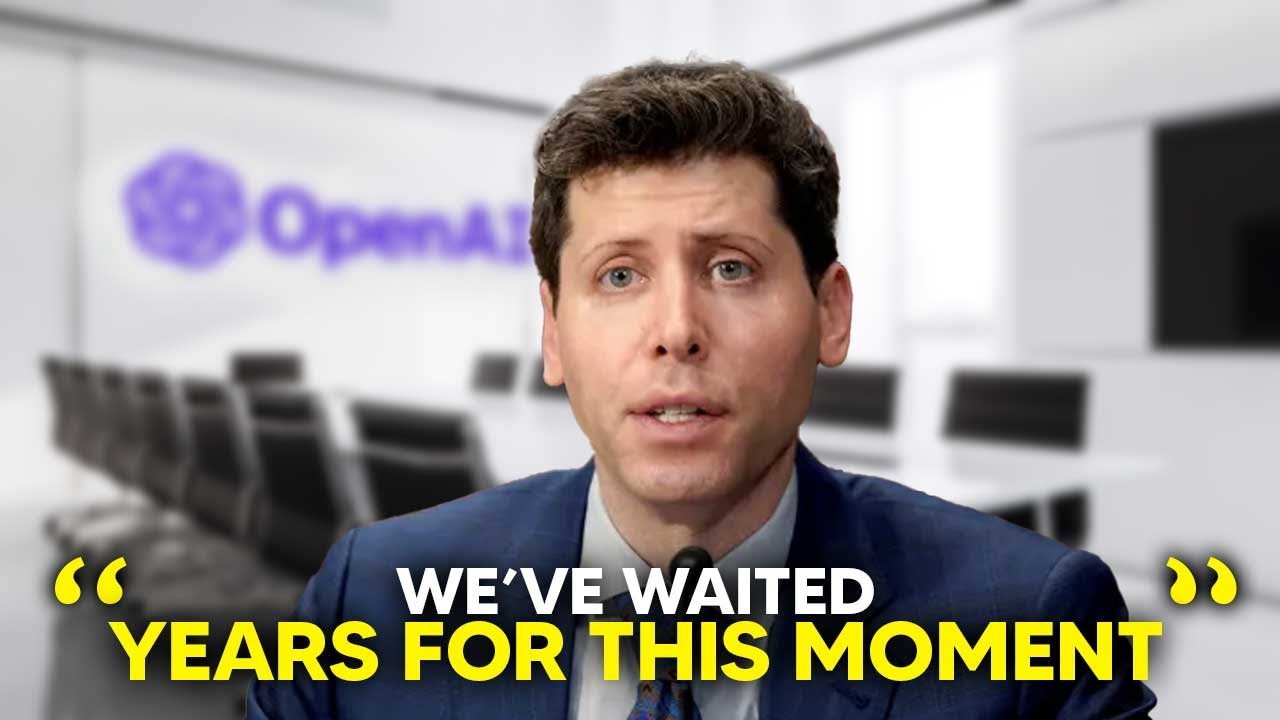In a recent event, Sam Altman, CEO of OpenAI, unveiled the advancements of the O1 reasoning models, which are designed to excel in complex tasks and planning, and emphasized the importance of aligning AI startups with the expectation of continuous improvements in future models. He highlighted new features such as function calling and image understanding, and discussed the transformative potential of AI agents capable of efficiently handling tasks that would be impractical for humans.
In a recent event in London, Sam Altman, CEO of OpenAI, discussed the future of the O1 reasoning models, which represent a significant advancement over previous models like GPT-4. These new models are designed to excel in reasoning and planning, enabling them to handle complex tasks and long chains of events more effectively. Altman emphasized that the development of reasoning models is a strategic priority for OpenAI, as they believe these advancements will unlock capabilities that have been long awaited in various fields, including healthcare, science, and advanced coding.
Altman also provided insights into the trajectory of future model releases, particularly the anticipated O4 model. He encouraged entrepreneurs to focus on building AI startups that leverage the continuous improvement of OpenAI’s models rather than trying to address current shortcomings. He suggested that startups should align their efforts with the expectation that future models will significantly outperform current versions, thus avoiding the pitfall of creating solutions for problems that will soon be resolved by OpenAI’s advancements.
The video highlighted two distinct strategies for building AI startups: one that assumes models will not improve and another that anticipates ongoing enhancements. Altman argued that most startups should bet on the latter, as OpenAI is committed to making substantial progress with each new model iteration. He warned that startups built on the assumption of stagnant model performance may struggle when newer, more capable models are released.
During the event, Altman outlined several new features for the O1 model, including function calling, developer messaging, streaming responses, structured outputs, and image understanding. These features aim to enhance the model’s usability and efficiency, allowing it to interact with applications more seamlessly and provide faster, more organized outputs. The introduction of image understanding capabilities was particularly noteworthy, suggesting that OpenAI is making significant strides in visual processing.
Finally, Altman discussed the potential of AI agents, highlighting their ability to perform tasks that would be impractical for humans. He illustrated this with an example of an agent that could call multiple restaurants simultaneously to find the best option for a user, showcasing the power of parallel processing. This vision of AI agents emphasizes their capacity to handle complex tasks efficiently, further underscoring the transformative potential of the upcoming reasoning models and their applications across various domains.
